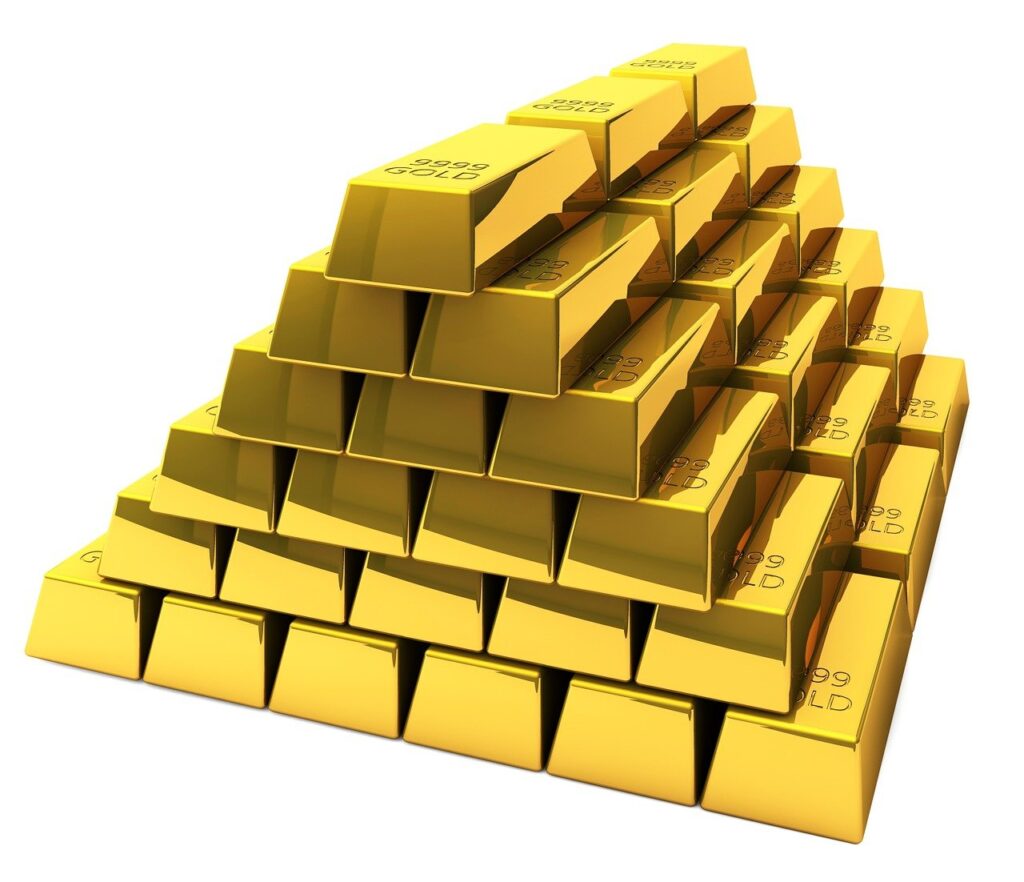- Deepasri Prasad and Wilma Bainbridge
- The Conversation*
image source, Getty Images
The Canadian series of cartoons and children’s books is actually called ‘The Berenstain Bears’, with an ‘a’, not Berenstein, with an ‘e’, as many people believe.
Think of the Monopoly man.
If you imagined the character from the popular board game with one, we’re sorry but you’re wrong. In fact, he has never used one.
If this surprises you, you’re not alone. Many people have the same false memory about this figure.
This phenomenon also occurs with other characters, logos, and quotes.
For example, Pikachu from Pokémon is often thought to have a black tip on its tail, which it does not.
And many people are convinced that the logo of Fruit of the Loom includes a cornucopia, but does not have one either.
This phenomenon of shared false memories for certain cultural icons is called the “visual Mandela effect.”
People tend to be taken aback when they realize that share the same false memories with other people.
That’s partly because they assume that what they remember and forget is subjective and based on their own personal experiences.
However, the research we have conducted shows that people tend to remember and forget the same images, regardless of the diversity of their individual experiences.
Recently, we have shown that these similarities in our memories extend even to our false memories.
What is the andMandela effect?
The term “Mandela effect” was coined by Fiona Broome, a self-styled paranormal investigator, to describe her false memory about what former South African President Nelson Mandela (1918-2013) died in prison in the 1980s.
Nelson Mandela died in 2013.
He realized that many other people also shared this same false memory and wrote an article about his experience on his website.
The concept of shared false memories spread to other forums and websites, including Reddit.
Since then, examples of the “Mandela effect” have been widely shared on the internet.
These include names like “the Berenstain Bears”, a series of children’s books, which is mistakenly remembered with the ending “-ein” instead of “-ain”, and characters like C-3PO from Star Wars, which is falsely evoked with two gold legs instead of one gold leg and one silver leg.
The “Mandela effect” has become fodder for people who believe or promote conspiracy theories: false memories are so strong and specific that some people see them as evidence of an alternate dimension.
Because of that, scientific research has only studied the “Mandela effect” as an example of how conspiracy theories spread on the internet.
There has been very little research on the “Mandela effect” as a memory phenomenon.
But understanding why these icons trigger such specific false memories could give us more insight into how false memories are formed.
The “Mandela visual effect”, which specifically affects icons, was a perfect way to study this.
A robust false memory phenomenon
To see if the “Mandela visual effect” really exists, we ran an experiment where we presented people with three versions of the same icon.
image source, Getty Images
BMX racer Jamie Bestwick shows off the logo for US clothing brand Fruit of the Loom, which has never included a cornucopia.
One was correct and the other two were rigged, and we asked them to select the correct one.
There were 40 icon sets and included C-3PO from the “Star Wars” franchise, the Fruit of the Loom logo, and the man from the Monopoly board game.
In the results, which have been accepted for publication in the journal Psychological Scienceswe found that people did very poorly on seven of them, only choosing the correct one about or less than 33% of the time.
For these seven images, people consistently identified the same wrong versionthey didn’t just randomly pick one of the two wrong versions.
Additionally, participants said they felt very confident in their choices and were very familiar with these icons despite being wrong.
Taken together, it’s clear evidence of the phenomenon that people on the internet have talked about for years: the “visual Mandela effect” is a real and constant memory error.
We found that this false memory effect was incredibly strong, in multiple different ways. test memory.
Even when people saw the correct version of the icon, they chose the wrong version just a few minutes later.
And when they were asked to freely draw the icons from memory, they also included the same incorrect features.
Without a universal cause
What causes this false shared memory for specific icons?
We found that visual characteristics such as color and brightness could not explain the effect.
We also tracked the participants’ mouse movements as they viewed the images on a computer screen to see if they just didn’t scan a particular part, like Pikachu’s tail.
image source, Getty Images
This is Pikachu, but most of the study participants chose the same wrong version of the cartoon: the character with the black tip of the tail.
But even when people directly saw the correct part of the image, they chose the fake version immediately afterward.
We also found that for most icons, people were unlikely to have seen the fake version beforehand and would only remember that version, rather than the correct version.
It may be that there is no universal cause. Different images can cause the “Mandela effect” for different reasons.
Some might be related to prior expectations of an image, others to prior viewing experience with an image, or might have to do with something completely different than the images themselves.
For example, we found that, for the most part, people only see C-3PO’s upper body when he’s portrayed in the media.
The misremembered golden leg could be the result of used prior knowledge (bodies are usually one color) to fill this gap.
But the fact that we can demonstrate false memory consistencies for certain icons suggests that part of what drives false memories depends on our environment and is independent of our subjective experiences with the world.
*This article was originally published on The Conversation. You can read the original version here.
Deepasri Prasad is a doctoral student in cognitive neuroscience at Dartmouth College, USA.
Wilma Bainbridge is assistant professor of psychology at the University of Chicago, USA.
Remember that you can receive notifications from BBC News Mundo. Download the latest version of our app and activate it so you don’t miss out on our best content.
#strange #Mandela #effect #science #explain #BBC #News #World

